The Beginner’s Guide: Spike Jonze, Director
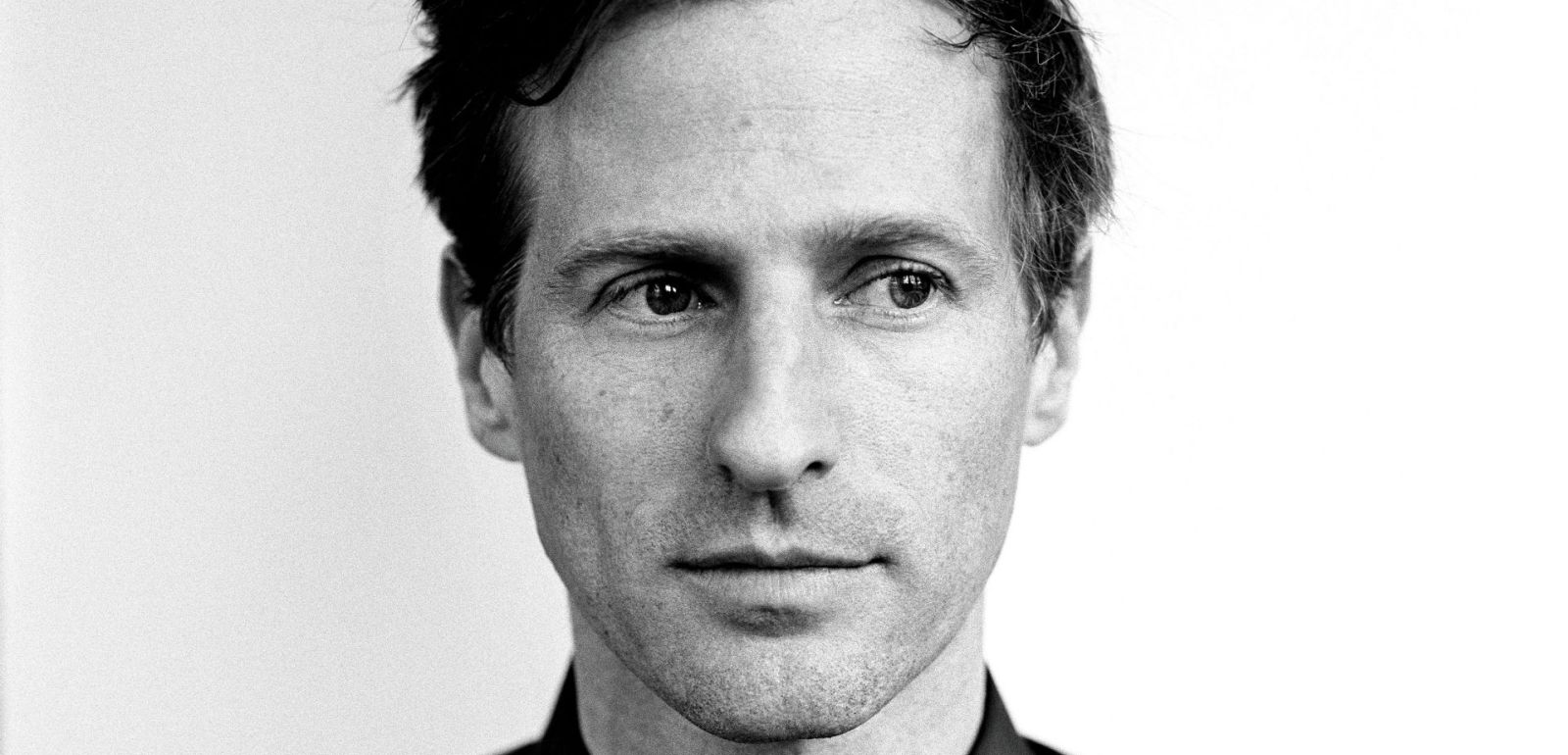
Becky spends her days working in TV and she spends…
Producer, Director, Writer, Actor. These are just some of the labels one could attribute to Spike Jonze. Absurd, surreal, unique and diverse are just some of the few one could attach to his films. Jonze is a multi-talented, multi-faceted filmmaker whose productions range from commercials to documentaries, from music videos to feature films. Strange and sensitive, Jonze’s work is always in touch with humanity – but his works have little else in common other than that. He has been nominated at the MTV Music Video Awards, for Oscars and Golden Globes. His creativity spans through the genres and is seemingly timeless.
One of the most interesting aspects to Spike Jonze’s career is his flexibility to bounce between different creative mediums. The traditional route for a writer/director generally begins in shorts or adverts, and ends in features – the pinnacle of the film-making world. Jonze made his mark in music videos but even once he had attained the sought after feature film, he continued to write, direct and produce short films, music videos, documentaries and incredibly intelligent adverts. His films are frequently described as ‘pop cinema’ or fall into the category of ‘post-modern cinema‘ owing to their quirky nature, and subversion of conventional cinema techniques in terms of narrative.
Career Beginnings & Music Videos
Spike Jonze (born: Adam Spiegal) began his career as a photographer for various BMX/Skateboarding magazines (including becoming one third of the editing team behind the creation of Dirt Magazine). Due to his interest and passion for sports, he went on to shoot several skateboarding documentary videos – most notably Video Days (1991). The heightened style and fast paced editing led Video Days to be regarded as one of the most influential skate videos ever made.
Jonze was recognized for his work on short extreme sport videos and consequently approached to direct a video for American rock band Weezer for the song ‘Buddy Holly’. A fresh take on a video of rock music genre, ‘Buddy Holly’ sees the band perform in a Happy Days set, complete with the Fonz and the rest of the gang. With clever nods to the series, including a ‘to be continued’ halfway through, Buddy Holly exhibits that self-reflective, post-modern style that we can see in Jonze’s work today.
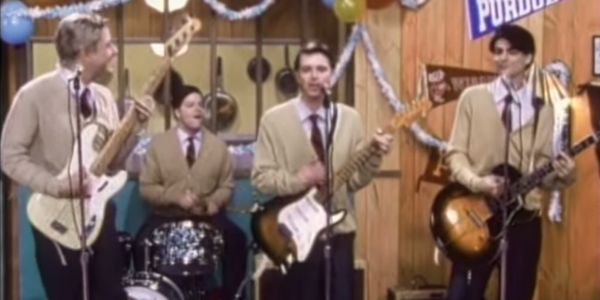
Following the success of Weezer’s video, Jonze has since worked on a vast number of memorable music videos; Beastie Boy’s ‘Sabotage‘, Björk’s ‘It’s Oh So Quiet’‘and Daft Punk’s ‘Da Funk‘ to name a few. In 1999, Jonze wrote and directed the video for Fat Boy Slim’s ‘Praise You‘ – which featured Jonze as Richard Koufey, a contemporary dance instructor. The video is filmed guerrilla style outside of a cinema, where Koufey’s fictional dance group (The Torrance Community Dance Troupe) perform choreography to the song, to the bemusement of real life onlookers. The video itself reportedly cost only $800 to make, with the majority of the money spent on food for the cast and crew. Praise You won three awards at the 1999 MTV Music Video Awards: Best Breakthrough, Best Direction and Best Choreography – cementing Spike Jonze as one of the greatest assets to the music industry.
Feature Films
After his initial success with his music videos and short films, Jonze entered the world of feature film making. Despite having worldwide acclaim, Spike Jonze has only ever directed four feature films: Being John Malkovich, Adaptation, Where The Wild Things Are and Her. This small but powerful collection of films showcase Jonze at his very best, and validate him wholly as a feature film director.
Being John Malkovich (1999)
Being John Malkovich, as well as having one of the strangest premises in film history, was the beginning of the writer-director relationship of Spike Jonze and Charlie Kaufman. Described as a fantasy-comedy, Being John Malkovich is the story of puppeteer Craig (John Cusack) who discovers a portal which leads directly in the head of famous actor John Malkovich.
The portal allows one person into the mind of Malkovich for 15 minutes only, before spitting them out into a ditch near New Jersey Turnpike. Craig, his wife Lotta (Cameron Diaz) and his co-worker Maxine (Catherine Keener) are taken on a roller-coaster ride, each of them delving into Malkovich’s mind for their own selfish ends.

By far the most interesting piece of trivia surrounding Being John Malkovich is that Kaufman wrote the script based on John Malkovich without ever having approached the actor first. It was frequently suggested that other actors would have suited the ‘Malkovich role’ but Kaufman and Jonze insisted that the film was to be ‘Being John Malkovich’. This choice actually led them to be turned down by more than a few production companies in the early stages of pre-production.
Kaufman and Jonze’s resolve that the film must include John Malkovich and no-one else would do is an early metaphor for Jonze’s style in front of the camera: obscure and brave cinema, determined to be different. Being John Malkovich combines surrealism, paradoxes, twisted plots and convoluted characters and has probably ended by being the most popular cult film of all time (if that’s not a complete oxymoron).
The mix of film noir with an absurd narrative make it incredibly funny too – and who doesn’t want to spend fifteen minutes inside someone else’s head? Especially if that someone is John Malkovich.
Adaptation. (2002)
The second product from dream-team Charlie Kaufman and Spike Jonze continues the bizarre storytelling phenomena with Adaptation. More intricate and elaborate than Being John Malkovich, if at all possible, Adaptation. pulls apart the film-making process, explores the concept of identity and above allows Nicholas Cage the best performance of his life.
There are several layers to Adaptation, the first being the story of writer Charlie Kaufman (not the writer of the film, Charlie Kaufman is a character in the film, played by Cage) who is adapting a novel which documents a woman (Meryl Streep) who attempts to track down the very rare flower – a white orchid. Also starring Tilda Swinton and Chris Cooper, Adaptation. is another surreal brain-teaser which is also highly regarded by critics and audiences alike.

The film confuses real people with fictional people (‘The Orchid Thief’ is a real book about a real man as Charlie Kaufman is a real writer, but all of these characters are fictionalized within the film) and retains a sense of complete mystery – aided by the slow, deliberate pacing. Adaptation. swoops from very real conversations in New York, a city we recognise, to Cage playing identical twins lost in a murky, crocodile infested swamp.
Whilst confusing and quite crazy, Adaptation. ensures laughter and excitement along the way – Jonze adeptly handles the characters and script meticulously throughout. It’s here that we can see Jonze growing as a filmmaker; Adaptation. is a full and complete work.
Where The Wild Things Are (2009)
Jonze’s third feature, and his second novel adaptation – ‘Where The Wild Things Are’ (Maurice Sendak, 1963) was a classic children’s book for a generation. Although many directors had approached Universal (who had acquired the rights to book in 2001), Spike Jonze was the favourite to direct due to his youth and ‘[having] a spark that none of the others had’. Sendak and Jonze discussed the book adaptation at length before filming began; adapting a 338 word book into a feature length film was going to be quite the challenge.
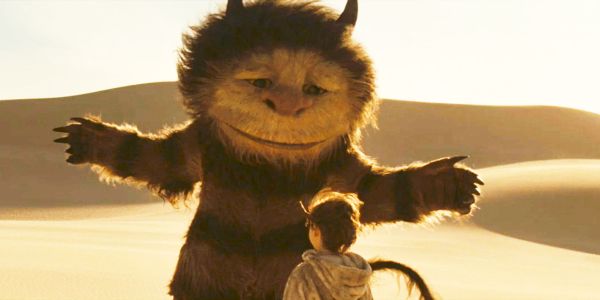
What makes Where The Wild Things Are so different and so special is that it relates directly to children as well as adults. Max (Max Records), the young protagonist, has a fight with his mother (Catherine Keener) and consequently runs (or rather, sails away) to a deserted island. Only, the island is not deserted. Max meets the Wild Things – a misfit group of animals who make him their King. Reasons circulate for Max’s running away: absent father, bullied child – but they remain largely irrelevant to the film.
Ultimately, Where the Wild Things Are is about the imaginary and the real, childhood and adulthood. Growing up and knowing the difference between right and wrong. It’s never preachy, yet the underlying question is clear: ‘what is the right thing to do?’. Where the Wild Things Are allows us to realize that adults don’t always know the answer either.
The film is technically beautiful; combining puppetry and animation to create the Wild Things is a technical achievement like no other and produces a realistic, yet unnerving result. They feel tangibly real, as does the island that Max travels to. Whilst the film is far less complex than any of Jonze’s previous work, it doesn’t feel lacking at all. The film received mixed criticism on release, mostly focused on confusion between who the film was intended for – adults or children. I would argue it’s both.
Her (2013)
Her could almost be an amalgamation of Spike Jonze’s previous films. It has the simplicity and effortless narrative structure of Where the Wild Things Are but with the slow, pre-meditated pacing and style of both Adaptation. and Being John Malkovich. Set in a futuristic landscape, Her tells the story of Theo (Joaquin Pheonix), a recent divorcee who falls in love with his operating system, Samantha (Scarlett Johansson). It’s a sci-fi love story unlike any other.
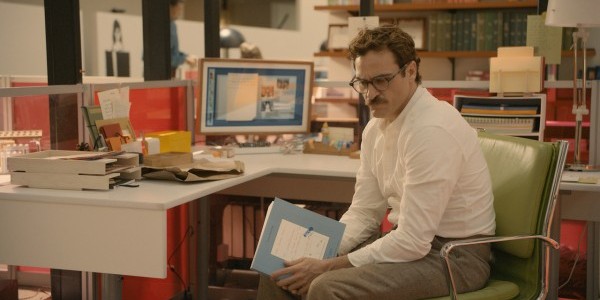
Not only does Her explore a near-future world where technology is even more of a presence in our everyday lives than it is now, it also carries a wonderful sense of humanity with it. Jonze lives up to his reputation as a postmodernist director, by giving us a love story that refuses to use traditional romantic film conventions. Particularly in terms of the shot choices, Jonze makes the most of shallow focus close ups on Theo’s face to measure and gauge his reactions to Samantha (who obviously remains unseen for the entirety of the film).
Whilst we cannot ever see the physical chemistry between Theo and Samantha, Pheonix displays an incredible talent at exploiting minuscule facial gestures – giving away his emotions throughout the film. Her also begs the question of love between human and machine. Unlike its predecessors in Blade Runner, I, Robot or 2001: A Space Odyssey, Her instigates a deeper exploration into the psyche of human/A.I. relationships and lets us figure out the answers for ourselves.
Again, as is Spike Jonze’s tendency, Her stunned and excited critics and audiences around the world, earning Jonze an Oscar for Best Original Screenplay as the screenwriter. The film is largely regarded as his best work to date.
Shorts
Whilst undertaking huge feature film projects, Spike Jonze has also directed, produced and written some of the most influential and unforgettable shorts. How They Get There (1997) barely hits the three minute mark, but is filled with the blackest comedy I have ever seen. Set to a jazz soundtrack, Jonze’s talent for making music videos shines throughout How They Get There, and the payoff is as disturbing and surreal as any of his feature films.
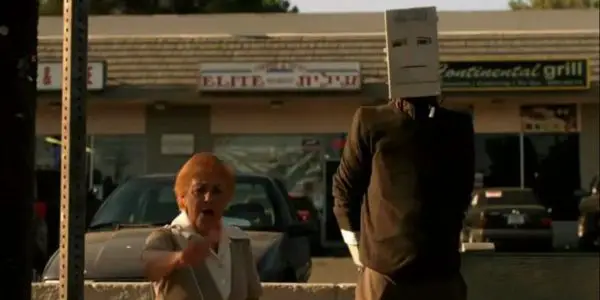
2010 saw the release of I’m Here, a thirty minute film about two robots who fall in love. Simplistic and sweet, it is often cited in relation to Her as there are many similarities between the two films. I’m Here premiered at the 2010 Sundance Film Festival and was met to incredibly positive reviews. Like Where the Wild Things Are, I’m Here mixes puppetry with live action to create a beautiful surreal landscape.
In 2013, Jonze wrote and directed We Were Once a Fairytale which features Kanye West essentially losing it at a club with his entourage. Seemingly shot handheld documentary style, the eleven minute film documents Kanye’s deterioration due to either his mental state or his consumption of alcohol/drugs. The film feels raw and unconstructed and offers a rare glimpse into the life of celebrities beyond the glamour and fame. It feels impossibly real, tangible almost. Almost the complete opposite of Jonze’s typical heightened style, We Were Once a Fairytale reiterates Jonze’s talent for finding humanity in the darkest places.
Commercials
In between his features, shorts and music videos, Spike Jonze consistently created expressive commercials for brands such as Levi’s, IKEA and Gap. Lamp is probably the most famous of Jonze’s commercials. Shot for IKEA, and featuring a lonely lamp, you wouldn’t believe a TV advert could stir up such emotions. Lamp won the Grand Prix and a Grand Clip at the Cannes Lions International Advertising Festival – widely regarded as the most prestigious prizes in the advertising industry. Levi’s ad Doctors and Gap ad Pardon Our Dust can both be viewed on Youtube, and are well worth two minutes of your time!
Special Mention
Spike Jonze also assisted in the creation and promotion of Jackass (2000) along with Johnny Knoxville and Jeff Tremain. In addition to his status of executive producer on the show, Jonze was also heavily involved with the creative elements. Jonze went on to produce each of the Jackass films, and often stars in the show himself.
Hopefully this article has given you a small insight into the career and achievements of the multi-talented force that is Spike Jonze. For further reading I would highly recommend ‘12 Projects That Got Spike Jonze to Where He Is Today‘ to give some further context as to how his shorts and music videos feed into his groundbreaking feature films.
What is your favorite Spike Jonze project?
(top image source: unknown)
Does content like this matter to you?
Become a Member and support film journalism. Unlock access to all of Film Inquiry`s great articles. Join a community of like-minded readers who are passionate about cinema - get access to our private members Network, give back to independent filmmakers, and more.
Becky spends her days working in TV and she spends every other minute writing about cinema, TV & feminism. Based in London, she also likes drinking gin, re-watching 'The X Files' and writing about on-screen representation and all manner of things over at femphile.com













